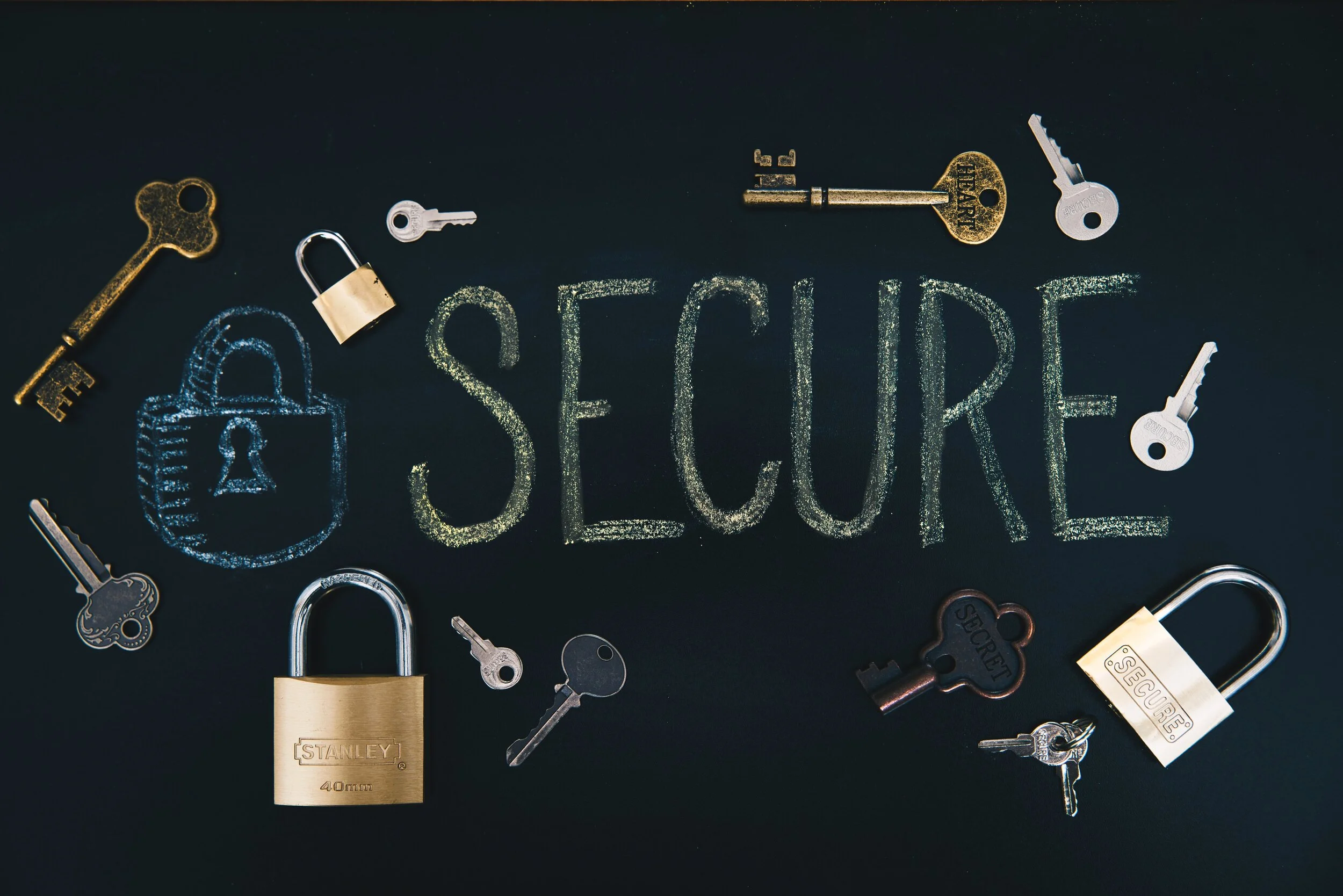What is management liability insurance?
When you’re running a business, you may be personally liable for any actual or alleged breaches of the Corporations Act. And it’s not just large companies that are exposed – small and medium business owners and officers could be at risk as well.
Management liability insurance covers the costs of defending directors, managers and employees against any claims that are the result of their actions or decisions.
“Management liability insurance is designed to protect the directors and the company against financial losses in the event they are alleged to have not met their duties”
QBE, Management Liability insurance, 2022 Who should consider it?
If you are faced with unexpected liability costs, management liability insurance can protect your business and personal assets, such as your home, from being sold to cover the cost of paying claims.









